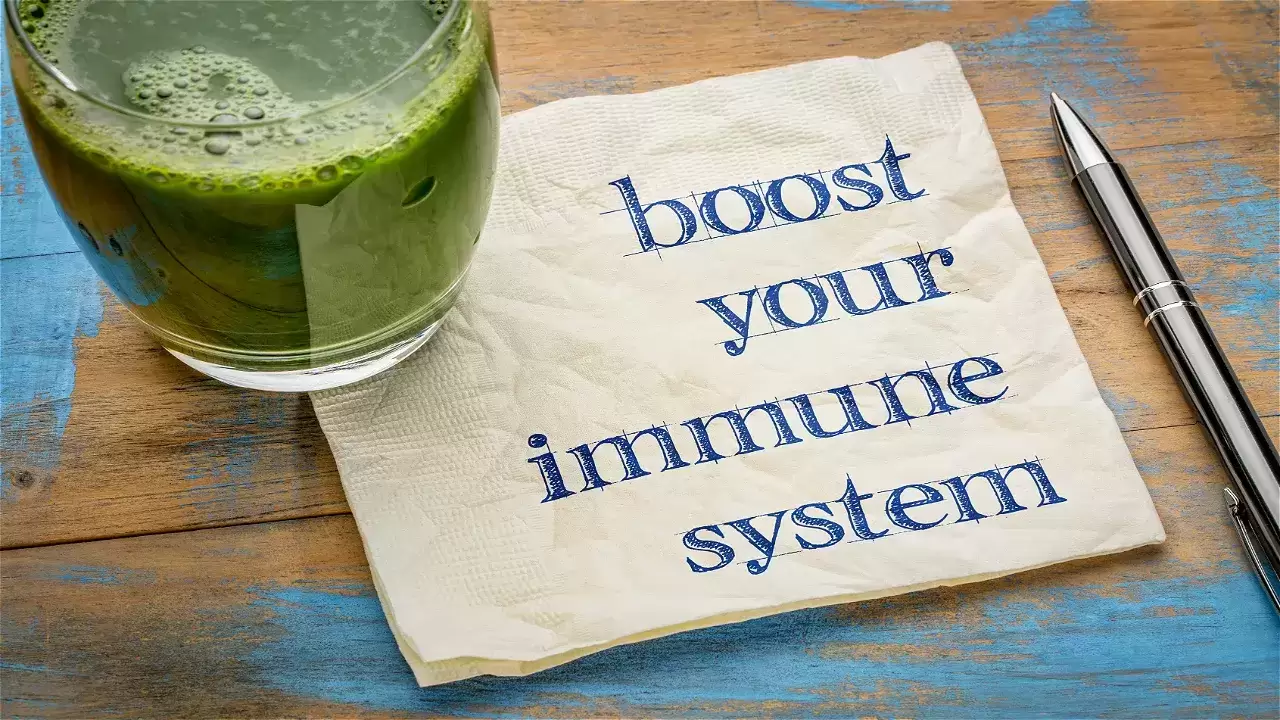
" It does not matter how slowly you go so long as you do not stop."
Confucius (551 BC – 479 BC) was a Chinese teacher, politician, and philosopher. By Simran Khurana (Updated March 18, 2017)
The immune system, a critical part of our self-defense mechanism, reflects body, mind, and spirit physiology. It works through feedback mechanisms that cannot be circumvented long-term with drugs. Therefore, it is critical to strengthen the immune system naturally.
This article briefly reviews common terms such as inflammation, infections, and symptoms, emphasizing the correct distinction between causes, symptoms, and triggers of chronic diseases. (It is not trivial.) Basic rules for strengthening the immune system. Medicine usually treats the symptoms of chronic diseases rather than their causes. The differences between the causes, symptoms, and triggers are often blurred.
Chronic Diseases in America. (National Center for Chronic Diseases Prevention and Health Promotion.)
Recommended link: 6 IN 10 Adults in the US have a chronic disease.
Chronic morbidity is a worldwide phenomenon. The numbers are beyond imagination!
- Chronic disease morbidity is far higher than coronavirus mortality! But it doesn't cause panic.
- Chronic illnesses are present in all sections of the population, but poor people, on average, have less nutrition and are exposed to chronic morbidity at higher rates than average.
Source: The New York Times. | The Marshall Protocol Knowledge Base.
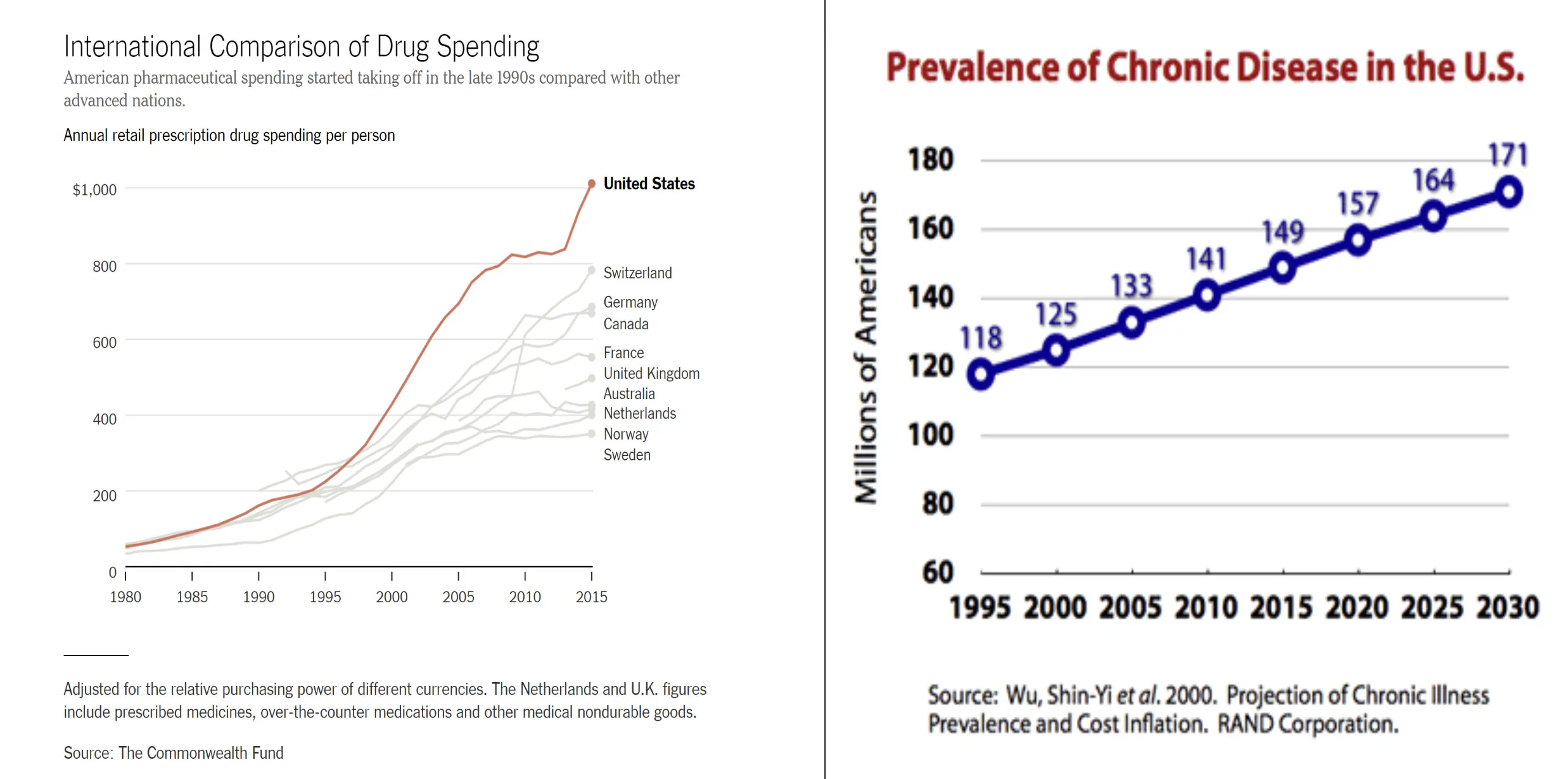
The main reasons for the epidemic of chronic diseases in the 21st century.
Life expectancy in developed countries has risen for many years and is now stabilizing. However, people's quality of life has not necessarily improved.
- The main reason is the lack of a philosophy of medical sciences; without philosophy, drugs have become the face of medicine.
- There is constant confusion between the causes and symptoms of chronic illness. Symptomatic treatment of chronic diseases is not usually able to cure the disease.
- No drugs can cure an unhealthy lifestyle; the drugs are primarily harmful and temporarily benefit the symptoms.
- Despite the rapid technological development in the medical world, we have not learned to emulate a healthy lifestyle through technical means. (I have suggested several technologies.)
- The foods and beverages we consume are industrialized to the detriment of most populations. Politicians and regulators succumb to pressures that oppose the public good.
- Although environmental pollution has entered the public consciousness, it is still a severe problem in Third World and prosperous and industrialized countries.
- Western culture does not refer to the body as an energetic entity but as a machine, flesh, and blood.
- Medicine is a closed guild that does not allow new ideas to penetrate.
Unfortunately, the forecasts for the future predict a further rise in chronic morbidity rates.
Causes of chronic diseases vs. Symptoms vs. Catalysts and Triggers. (Not trivial)
In cases of first-time infectious disease, pathogens are indeed the cause of the disease.
- The same pathogens are only triggers and catalysts in chronic stages because the human body is designed to overcome intruders. A weak immune system is the underlying cause of chronic infectious or inflammatory diseases.
Logically, a symptom of one disease can not be the cause of another disease!
- High blood pressure and high LDL cholesterol levels in the blood are not the cause of heart disease or diabetes! (Widespread logical error) The leading cause of these diseases is an unhealthy diet and an unhealthy (mental and physical) lifestyle. (Incessant tension, little sleep)
Seemingly, these are semantic definitions! But they dramatically impact the way doctors and the entire medical establishment think.
Inflammation vs. Infection. (Often confused.)
Link: Inflammation (From Wikipedia)
If you look for definitions for physical pain, you will find that they are not uniform. It is worth emphasizing that pain and inflammation are mirror images of each other.
- "Inflammation - is a short or continuous immune response caused by temporary or permanent cell damage (above a certain threshold)" intended to rehabilitate the damaged tissue."
- "Physical pain is a short or continuous alarm sensation caused by temporary or permanent cell damage (above a certain threshold) in tissue with sensory nerves (nociceptors)." Pain is a part of the self-defense mechanism.
The definition of inflammation is much broader than infection. (Which often produces an inflammatory response.) Inflammation and infection are two closely related but separate phenomena.
- Inflammation is the immune system's natural and immediate response to repair tissue damage, such as a blow, accident, harsh chemicals, radiation, burn, or infection.
- Infection directly results from pathogens (Bacteria, viruses, parasites, etc.). The immune response to infection is inflammation.
Prominent examples of inflammation that do not necessarily involve infection:
Although infections and inflammation are sometimes seen as synonyms, it is pretty clear that many cases of inflammation do not involve pathogens.
- Knife injury while cutting.
- A burn from an iron, stove, or boiling water.
- Callus on the foot from prolonged walking.
Inflammation is usually characterized by redness, swelling (increased blood flow), and pain on contact. Since infection often causes inflammation, the symptoms are very similar, thus creating confusion between these two conditions.
The distinction between the causes of the disease, symptoms, triggers, and catalysts is essential.
Inflammation vs. Infection. (Often confused.)
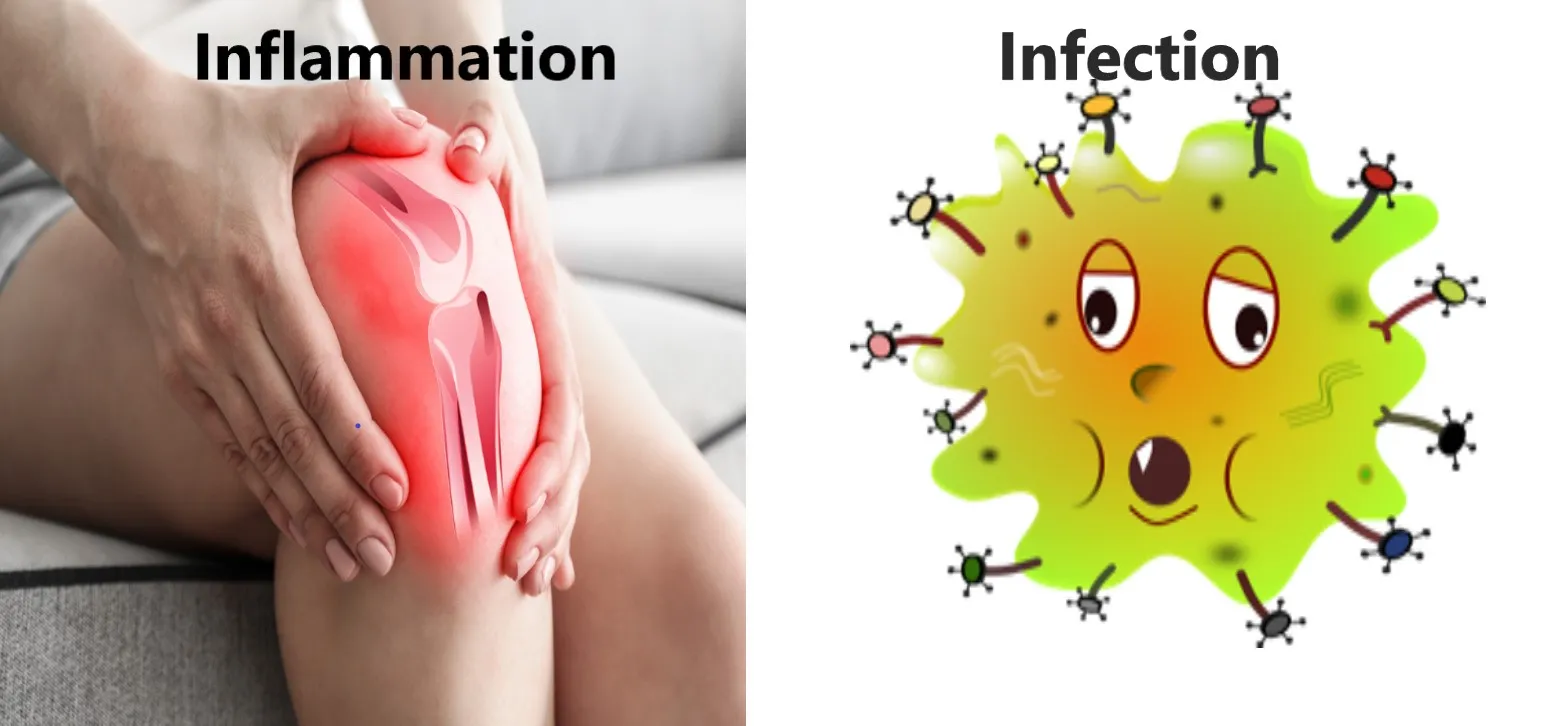
Toxicity comes from two primary sources: (The modern environment is more toxic than ever.)
Internal:
- Routine Metabolic waste.
- Toxins are derived from living and dying pathogens inside our bodies.
External:
Toxins that exist in our food, drink, air, and environment, such as:
- Processed and industrialized food. Hydrogenated Trans-Fats. Artificial beverages, including diet drinks.
- Toxic food with significant amounts of pathogens. (That sometimes releases endotoxins that can withstand boiling and cooking temperatures.)
- Heavy metals.
- Pesticides.
- Harmful chemicals.
- Air pollution.
- High radiation exposure.
The human body is never sterile. The digestive system and the skin are built to be nonsterile.
- The immune system responds effectively if the digestive system maintains the right balance between good bacteria and pathogens.
- When the gut flora balance is disturbed, the immune system is very strained and may reach a state of chronic inflammatory diseases.
The location of the infection is not random. Infections always start in the weakest place in the body. (Where the life-force energy is low.)
The toxic burden on human bodies has increased dramatically over the last 50 years. The main reasons are:
- Shifting from vegetarian and fruit-based diets to meat- and dairy-rich foods.
- Eating in restaurants, especially fast-food restaurants.
- Drinking a lot of soft drinks and alcoholic beverages.
- Obesity exists in many affluent parts of the world.
- Environmental poisons are very difficult to avoid in modern life
- Less sleep due to increased hours of work and stress.
The outcome is an increasing number of people who suffer from chronic inflammatory diseases.
Chronic inflammatory diseases—Underlying causes. (Body, Mind, and Spirit.)
Pathogens are a cause of chronic disease outbreaks.
- Pathogens are not the cause but only catalysts and triggers in chronic diseases. A weak immune system is the fundamental cause of any chronic inflammatory disease.
Lifestyle vs. Genetics.
- An unhealthy lifestyle (Mental and physical) is the leading cause of chronic inflammatory diseases. (80% or more). Genetics explains only a small part of the failures. (20% or less.)
The age factor - An unhealthy physical lifestyle vs. Traumatic non-resolved events from the past.
- The age factor - As symptoms onset at a younger age (30-35 years or less), it is more likely that the weight of unresolved mental traumas is higher than the unhealthy lifestyle. The explanation is that the process of cell aging and death is cumulative, while unresolved traumatic events have an immediate and cumulative effect.
Physical Body.
- An unhealthy lifestyle reflected in Improper nutrition, high body toxicity, low physical activities, and exposure to the sun, lack of sleep manifests itself in:
- Insufficient flow of body fluids. (Blood, lymph, bile.)
- Gut flora imbalance and parasite overgrowth cause a heavy load on the immune system.
Mind and Spirit.
Happiness, Love, Satisfaction, and other positive emotions charge life-force energy.
Anxiety, stress, disappointment, hate, fear, guilt, envy, and negative emotions deplete the life-force energy.
- Traumatic, unresolved mental and spiritual events from our past (usually subconscious) can cause poor life-force energy flow. (Blockages in the flow of life-force energy have far-reaching physical and mental effects.)
The combined effect of body, mind, and spirit.
- A long list of symptoms. (Physical & Mental.)
Prognosis.
- Recovery occurs only when all the disease causes (mental & physical) are resolved and eliminated.
- Symptomatic treatments usually cannot cure the patient, as they do not eliminate the disease's causes.
Common symptoms of a Chronic Inflammatory disease:
- Low fever, headache, pain, Rashes, Redness, Swelling, Lack of appetite, Coughing, A runny nose, High frequency of urination, sweating, Vomiting, Diarrhea, or constipation, and Behavioral changes. (Anxiety, Depression, Insomnia)
Common symptoms of inflammation: Fatigue, Fever, Sweating.
After eating a big meal, we often need to fall asleep. It may suggest that the liver and the immune system are working hard! (Metabolic fatigue)
Why am I always tired?
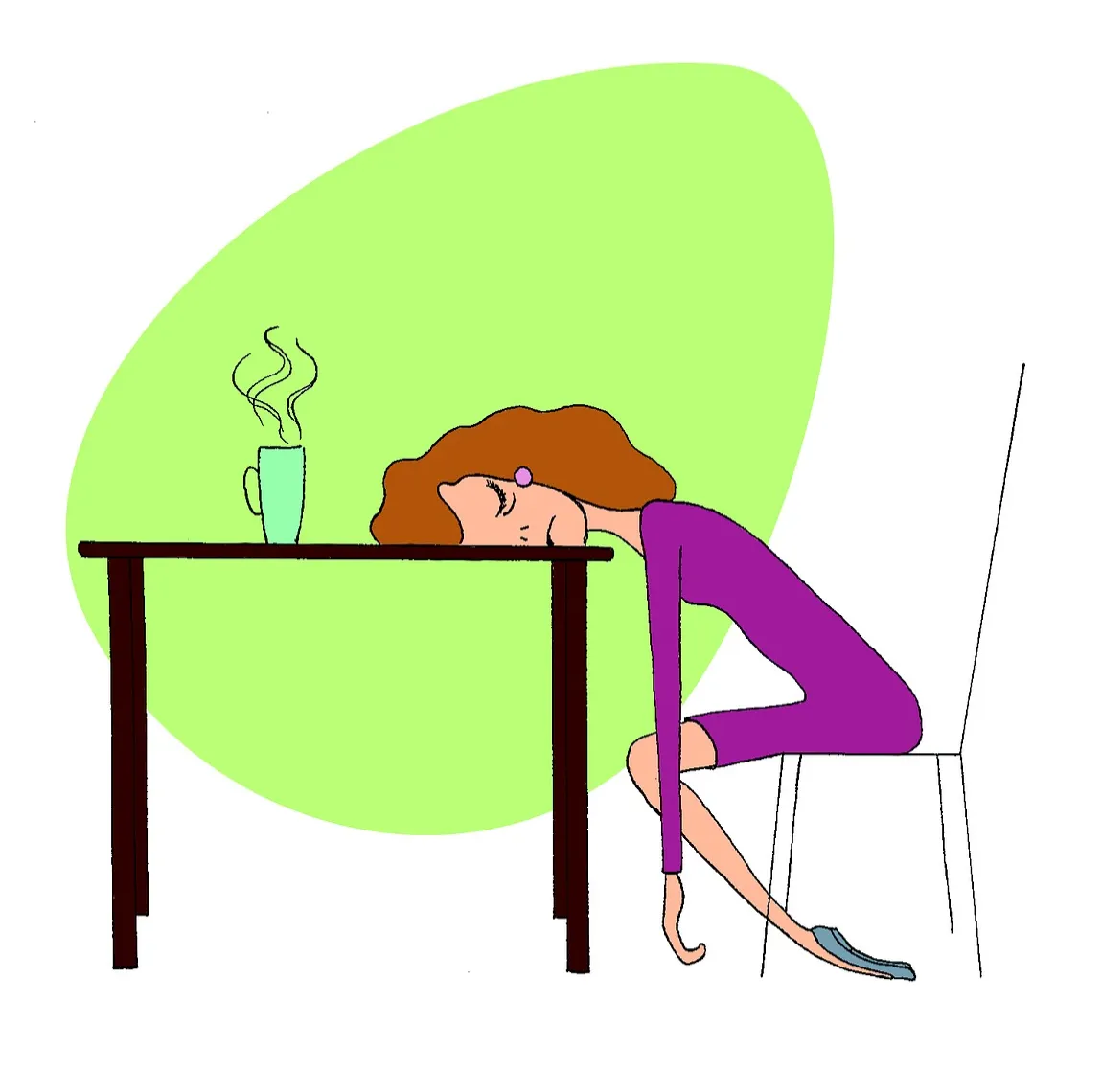
"Fatigue is a feeling of tiredness. It may be sudden or gradual in onset."
Even after a good night's sleep, fatigue without physical exertion is widespread today. Chronic inflammation in the body can create a condition of chronic metabolic fatigue. Most often, one of the leading causes is gut flora imbalance. A feeling of tiredness and a desire to nap after eating exists in most mammals for the same reasons.
Link: Fatigue (Wikipedia)
- The gastrointestinal tract is the primary non-sterile internal system, forcing the immune system to fight relentlessly to prevent the overgrowth of pathogens. It takes a lot of energy from the body. It immediately affects the immune system by balancing the intestinal flora and the neurotransmitter serotonin production.
- The liver, the immune system, and the brain are the highest energy-consuming organs in the human body.
The food we eat has a significant effect on the feeling of fatigue.
- Hard-to-digest foods (such as animal proteins and industrialized foods) often cause a feeling of heaviness and increased fatigue compared to easy-to-digest foods such as fish, vegetables, and fruits.
Natural foods containing dietary fiber, natural oils, vegetable protein, fermented products, fish, and egg yolk are relatively easier to digest than other foods. They usually do not cause acute fatigue, even after a large meal.
In practice, a distinction can be made between four types of fatigue:
- Muscle fatigue - (Muscles) Often due to the muscles' exertion (not necessarily aerobic). Such as holding a child in your arms and standing still.
- Muscle fatigue results from lactic acid formation. The pain usually goes away within a few minutes.
- Aerobic fatigue—(Heart and Lungs) Fatigue results from physical exertion, sports activities, climbing stairs, carrying loads, etc. It is often associated with high heart rate, rapid breathing, muscle aches, and sweating.
- Aerobic exertion activates the heart and lungs, increasing the pulse and respiration rate. Sweating is a mechanism designed to cool the body.
- A heavy meal or chronic inflammatory diseases often cause metabolic fatigue (Liver, kidney, and Immune system). One manifestation of metabolic fatigue is a desire to take a nap.
- Metabolic fatigue is fatigue of the liver and kidneys that work very hard, usually after large meals. The liver is the most energetic organ in the human body! The need for drowsiness reflects the direct connection between the liver and the eyes. (According to Chinese medicine)
- A weak immune system accompanied by prolonged inflammation can impair alertness, memory, and mood.
- Spiritual and mental fatigue—(Brain and Subconscious) This is usually experienced after unpleasant or traumatic events. Mental fatigue manifests as low mood, a tendency to outbursts, closure, and social distance.
- The brain is energetic; unpleasant and traumatic events are often stored subconsciously (as part of the mind's defense mechanism). These processes impair mood and the body's general energy level.
Increased daytime fatigue is often a symptom of an unhealthy lifestyle and diet. No medication is needed; it may just be harmful. It is necessary to return to a healthy routine with proper nutrition using the self-healing methods described in greater detail in the NATURAL THERAPIES chapter. When we say we are tired, we mean metabolic fatigue because it is not related to physical exertion but to a physiological effort we are unaware of.
Fever is a natural mechanism to fight infection, as most bacteria, viruses, and parasites do not tolerate high temperatures.
"Fever also referred to as pyrexia, is defined as having a temperature above the normal range due to an increase in the body's temperature setpoint." (Wikipedia Fever)
- Body temperature is controlled by the hypothalamic gland in the brain, which is regulated by various physiological systems.
- An increase in body temperature is one of the most common reasons for children's and adults' visits to the doctor, although it is usually a symptom that does not cause concern.
- The increase in body temperature beyond normal levels varies, including various diseases or dehydration. Treatment for lowering body temperature is usually unnecessary, as heat is part of the body's defense mechanism. However, it is sometimes necessary to treat the other symptoms that have caused fever, infection, or inflammation.
There is an increased tendency to very high fever in children, a less common phenomenon in adults.
- The explanation lies in three main factors: the children's immune system does not recognize many pathogens (antibodies do not yet exist). Children have a higher energy level than adults, and their immune system responds more strongly. Besides, they also enjoy more efficient blood circulation, which improves their reaction time compared to adults. (Disadvantage of size)

If you have ever wondered why one sweats a lot when running a high fever:
- Sweating is controlled mainly by the kidneys.
- Fever is a natural mechanism to fight inflammation, as most bacteria, viruses, and parasites do not tolerate high temperatures.
- Drugs that lower body temperature do the opposite of what the body wants. They fight only the symptoms.
- Enhanced sweating without any physical effort during fever reproduces the exact mechanism. It releases salts and maybe also toxins.
- To a certain extent, a wet sauna mimics a "fever," producing increased sweating that positively impacts the immune system due to lower blood pressure, relaxation of toxic salts, and other harmful chemicals excreted with the sweat.
- Feeling more alert after a steam sauna directly relates to heat lowering blood pressure and pulse. It helps to relax the body and raises Qi levels.
Antipyretics are usually not essential. There is no need to rush to the medicine cabinet with every onset of fever.
The number of people affected by high blood pressure has almost doubled over the past 40 years.
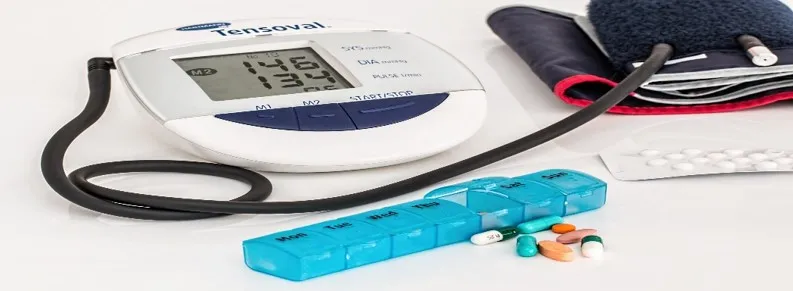
Hypertension and High blood cholesterol are symptoms! Not the disease itself.
75% of all heart attack patients had regular to low cholesterol levels! If you are an adult, the probability that you are taking at least one of these drugs designed to treat high blood pressure & high blood cholesterol is about 50%: Statins (lowering cholesterol), diuretics, calcium channel blockers, ACE inhibitors, angiotensin II receptor blockers, beta-blockers, and alpha-blockers. Hypertension and high blood cholesterol are not the cause of coronary heart disease! It is a symptom of an unhealthy lifestyle and diet that can be reversed naturally. (Without medication)
Hypertension underlying causes.
The World Health Organization attributes high blood pressure to an annual death rate of 7.5 million people. WHO confuses (like everyone else) symptoms and causes of disease. (A sign of illness cannot cause death.)
- The number of people affected by high blood pressure has almost doubled over the past 40 years.
- Hypertension is prevalent in developing countries in Asia and Africa.
Hypertension and High blood cholesterol are symptoms! Not the disease itself.
High blood pressure is needed to achieve more efficient blood flow & filtering in major organs such as the Lungs, Kidneys, Liver, Heart, and Circulatory system. Hypertension is usually a sign of an unhealthy cumulative lifestyle and diet. (It can be reversed.)
- Inflammatory processes create sedimentation on the walls of the blood vessels, which causes stenosis and a lack of flexibility.
- Anxiety and stress can aggravate the symptoms of hypertension.
- Salt only slightly raises blood pressure; it is not the leading cause of high blood pressure. Most of the salt we consume comes from processed and industrialized foods, not from the cooking salt we add to food. Eating bland food is a mistake! A little aromatic salt will not raise blood pressure significantly.
Why does the liver produce high cholesterol when the body is in prolonged inflammation?
The upper limit of normal cholesterol is now significantly lower than it was decades ago. Naturally, this change is very appropriate for drug companies.
- In their broad definition, inflammation is a repair mechanism for damaged tissue.
- Every cell's fatty membrane comprises cholesterol, so repairing cells requires the liver to produce more cholesterol! Cholesterol is not the enemy in this case.
LDL (bad cholesterol) size should be analyzed.
- Harmful cholesterol (LDL) is the smaller one that clings to the walls of blood vessels. (Most blood tests do not distinguish the sizes of harmful cholesterol.)
Sweating has several roles.
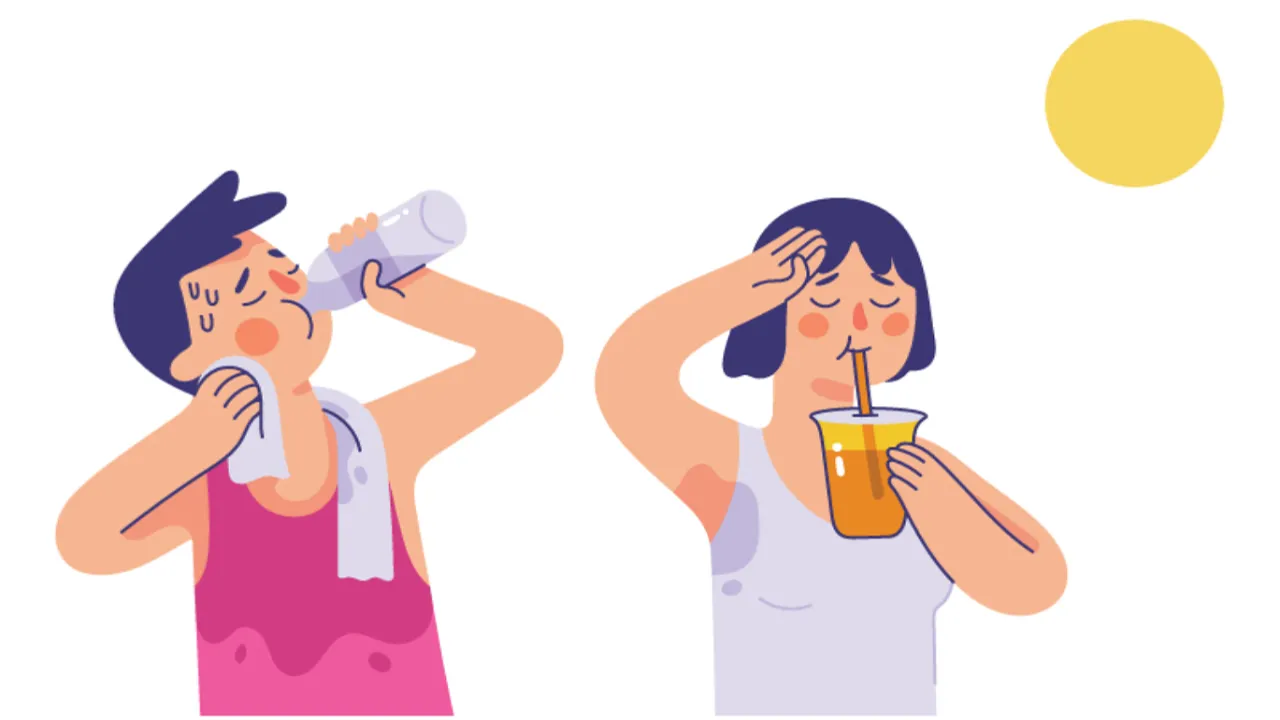
Sweating has more underlying functions beyond body cooling.
"Perspiration, also known as sweating, is the production of fluids secreted by the sweat glands in the skin of mammals." (Wikipedia Perspiration)
The two sweat glands in our body (eccrine and apocrine glands) are located in different locations and function differently from those of other mammals.
The four primary roles are:
- It regulates the body's temperature.
- Release of excess salts and toxins. (This is also the reason why sweat smells terrible.)
- The body's smell transmits signals. (Mainly to the opposite sex.)
- In response to stress or fear, sweating is a natural response of the nervous system that alerts people.
Sweating is often present in high-fever situations, and it serves two primary purposes: natural cooling of the body and removal of salts and toxins. Drinking a lot allows sweating without losing significant amounts of bodily fluid.
Boosting the immune system has far-reaching implications.
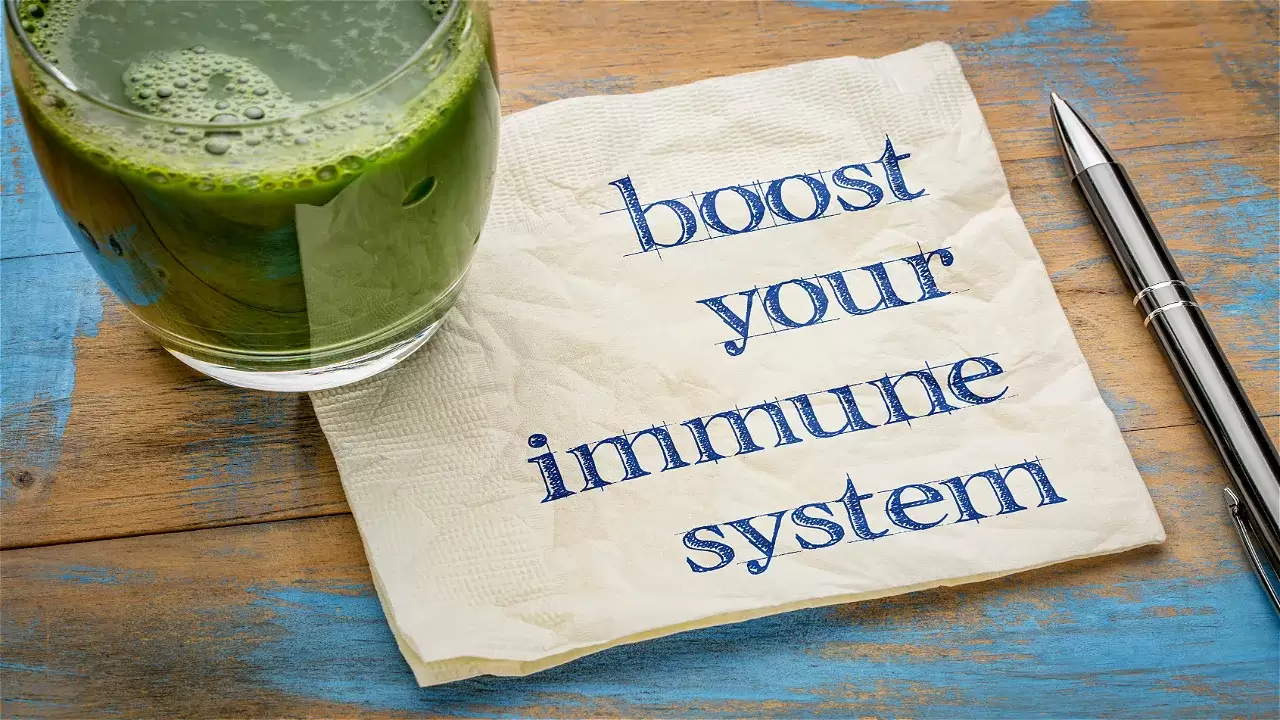
Immune system rehabilitation must integrate the body, mind, environment, and spirit.
We usually tend to run to the medicine cabinet as soon as we have a fever or symptoms of inflammation. Usually, no medication is needed to recover. Grandmother's remedies, such as tea, soup, and a balanced diet with rest, are effective without side effects.
Link: Self-Healing Medicine – Main principles and guidelines.
Mental, Behavioral, and Spiritual: (Often underestimated)
Link: Mental and Spiritual empowerment is critical to recovery!
- Lifestyle changes, with more relaxation and sleep.
- Mental & spiritual enhancement to restore Qi life-force energy.
- Strengthening positive emotions and faith.
- Releasing unresolved stressful events from the past. (Using a licensed hypnotherapist or other techniques such as meditation or Tai Chi.)
Physical:
- Start your morning by drinking one cup of squeezed lemon juice with lukewarm water. (It is even better if you add one tablespoon of apple cider vinegar + one tablespoon of olive oil.)
- Eating and drinking a large, balanced variety of unprocessed foods and beverages helps initiate the body's natural regeneration process.
- Mechanical detoxification. (By unblocking and cleansing the liver and kidneys.)
- Exercise and massage to improve blood & lymphatic circulation.
- Controlled sunbaths. (Essential for proper physiology.)
- Acupuncture can restore the life-force energy flow and relieve pain.
- Avoiding long-term use of pharmaceutical drugs. Preferably, herbal supplements and antioxidants (as little as possible) should be used to restore the body's balance and reduce deficiencies.
- Cold water showers and immersion in ice water can significantly strengthen the immune system. (Not recommended for chronic patients)
Lifestyle and Environmental. (Often, it is impossible to change the environment in the short term.)
- Comfortable living in a non-humid or non-polluted environment. The quality of housing and a comfortable environment have a moral and psychological impact.
- Avoiding sharp temperature changes requires heating in cold places. (Sharp fluctuations in temperature affect the immune system.)
It is challenging to apply all the components required to maintain a healthy immune system in the modern age, so it is not surprising that chronic morbidity is steadily increasing.
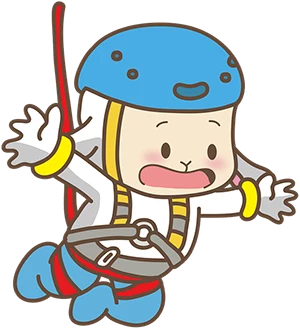
It is rare for the body to harm itself with such a sophisticated defense mechanism. The thought that we must take medicine for every distressing symptom comes from a misunderstanding! The moment we contradict our body's natural mechanism, we undermine the fight against the invader (pathogen) and thus weaken ourselves.

